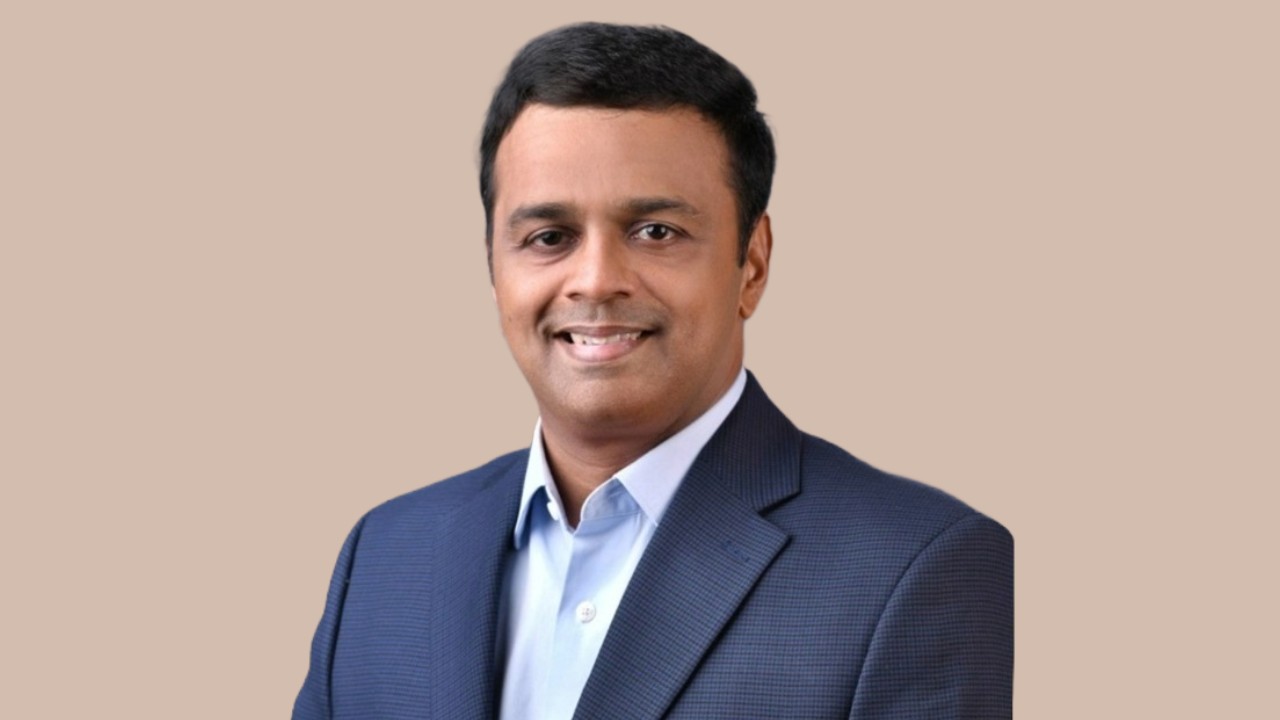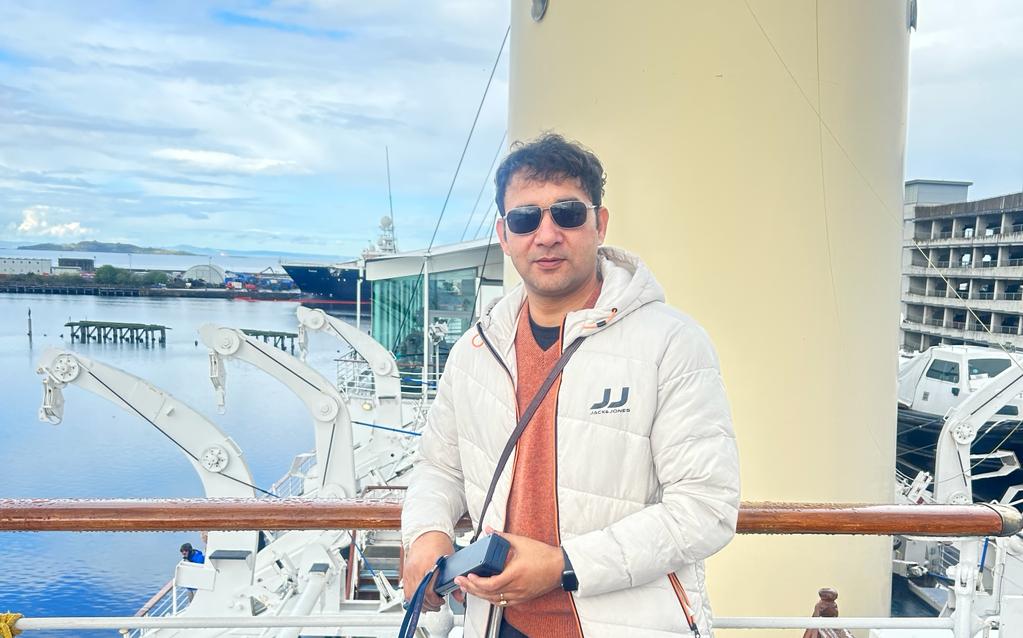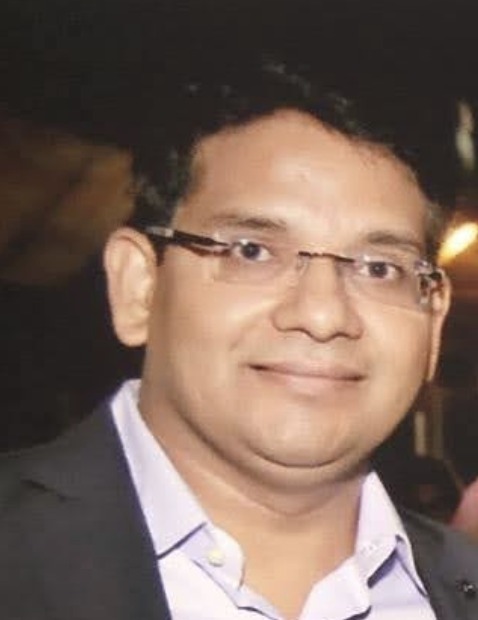Raina Industries Pvt. Ltd. spearheads the mission of importing cutting-edge manufacturing processes and products from global leaders like Germany to India, showcasing an unwavering commitment to national advancement in technology. With a laser focus on bolstering India’s prosperity and ensuring its enduring progress, the company undertakes the monumental task of orchestrating every facet of this transfer, from procurement to production, and adeptly navigating India’s fiercely competitive market landscape.
Driven by an unyielding determination to propel growth in strategic sectors, Raina Industries champions the infusion of sustainable technologies, particularly in the pivotal domain of technical textiles, across varied landscapes encompassing rural, peri-urban, and urban infrastructures, as well as revolutionizing transportation, avionics, and healthcare sectors. This endeavour unfolds meticulously, progressing through systematic phases designed to maximize impact.
In an exclusive tête-à-tête with The Interview World during Bharat Tex 2024, Dr. Mohit Raina, the visionary Managing Director of the National Award-winning Raina Industries Pvt. Ltd., divulged insights into the groundbreaking hydrogen storage vessel project. Furthermore, Dr. Raina underscored the company’s triumph in piloting hydrogen storage vessels through the ingenious employment of filament winding technology. Herein lie the pivotal revelations from his illuminating discourse.
Q: What are the key aspects and progress updates of the hydrogen pressure vessel-making project you are currently engaged in?
A: Hydrogen heralds the dawn of a new era in energy. With unwavering determination, the Government of India has launched the National Green Hydrogen Mission. This initiative a relentless pursuit to harness the power of hydrogen as the fuel of choice for our nation. This ambitious endeavor spans three critical domains: generation, distribution, and storage of hydrogen.
In the quest for hydrogen generation, the mission leaves no stone unturned, pushing the boundaries of scientific innovation and industrial prowess. Likewise, the meticulous planning and execution extend to the efficient distribution network required to deliver this revolutionary fuel to every corner of the country.
However, perhaps the most formidable challenge lies in the storage of hydrogen. Yet, drawing inspiration from centuries of textile industry expertise, the mission pioneers the use of filament winding technology to create storage cylinders capable of withstanding staggering pressures. We’re talking about vessels designed to contain hydrogen at pressures exceeding 700 bars, a feat requiring rigorous testing at levels reaching 2000 bars.
But our journey doesn’t end there. Before these marvels of engineering find their way into vehicles or commercial applications, we conduct rigorous performance evaluations. It’s a collaborative effort, seamlessly weaving together the expertise of organizations from across the globe. From technology transfers facilitated by Germany’s ITA RWTH Aachen University to the indomitable spirit of IIT Bombay and the invaluable support of ATIRA, every step forward is a testament to our unwavering commitment to excellence.
Together, we forge ahead, presenting these cutting-edge cylinders to the automotive world, propelling us towards a future powered by clean, sustainable energy. The era of hydrogen has arrived, and we stand at the forefront, ready to embrace its boundless potential.
Q: What is the market size analysis for hydrogen cylinders?
A: I may not have the precise figures at hand, but make no mistake, the expansion is underway. Across Europe, the shift to hydrogen is in full swing. China, Korea, and the US are all aggressively transitioning, with the latter even adopting advanced type 5 cylinders. Iconic companies like Tesla are embracing hydrogen as a primary fuel source.
The market potential is colossal, with opportunities spanning various sectors. We’re not talking about just one or two manufacturers here; we’re looking at a demand that will necessitate the involvement of at least 50-100 manufacturers catering to diverse needs. Whether it’s for trucks, buses, automobiles, or specialized applications, the demand is monumental. Moreover, this isn’t merely a trend; it’s a seismic shift in the industry landscape.
Q: What are some international research institutes that have produced products similar to ours?
A: Undoubtedly, the global landscape of textile research boasts distinguished institutions, among which stands the prestigious Institut für Textiltechnik (ITA) at RWTH Aachen University in Germany. Additionally, the contributions from experts originating from Japan and South Korea significantly enrich these domains. Their unwavering dedication and profound expertise serve as pillars propelling advancements in textile technology, fostering innovation, and shaping the future of this critical industry on an international scale.
Q: What phase of commercialization is your current focus?
A: We firmly assert the necessity of an additional year to advance commercialization. Rigorous testing protocols have been meticulously completed and are presently underway abroad. Concurrently, we are vigorously pursuing the establishment of a domestic testing facility, in collaboration with the government’s robust support. This strategic initiative aims to bolster our capabilities and expedite the progression towards local testing autonomy, ensuring seamless integration of our innovations into the national framework.
Q: What are the principles and processes underlying hydrogen technology?
A: Imagine grasping the sheer potential within a CNG cylinder, packed tight with compressed natural gas. This potent fuel surges into action, feeding an internal combustion engine, igniting a chain reaction that converts gas into raw energy. Now, pivot your attention to hydrogen, flowing seamlessly into a state-of-the-art fuel cell. Here, through a marvel of modern engineering, hydrogen undergoes a transformative process, emerging as power. This newfound energy finds its sanctuary within a robust battery, storing it for the journey ahead. In the present landscape, the automotive realm is dominated by electric vehicles, harnessing the might of batteries to propel them forward into a greener, more sustainable future.
Q: What types of testing are currently being conducted on these vessels?
A: As previously emphasized, the testing phase remains ongoing, with crucial steps yet to be completed. Prioritizing safety, the initial focus lies on executing the burst test before advancing to the fire test. The prevention of any bursting is paramount, indicative of potential hazards. Hence, rigorous examination is essential to ensure the vessel’s integrity under extreme pressures, up to 2000 bars. Only when the vessel successfully withstands these conditions without bursting can it be deemed safe for commercialization, meeting stringent standards and guaranteeing the utmost safety for users and stakeholders alike.









3 Comments
Thanks for sharing. I read many of your blog posts, cool, your blog is very good.
I’ve been browsing online more than 3 hours lately, but I never discovered any interesting article like yours. It?¦s pretty worth sufficient for me. In my opinion, if all site owners and bloggers made good content as you probably did, the web will probably be much more helpful than ever before.
I like this website because so much useful material on here : D.
Comments are closed.